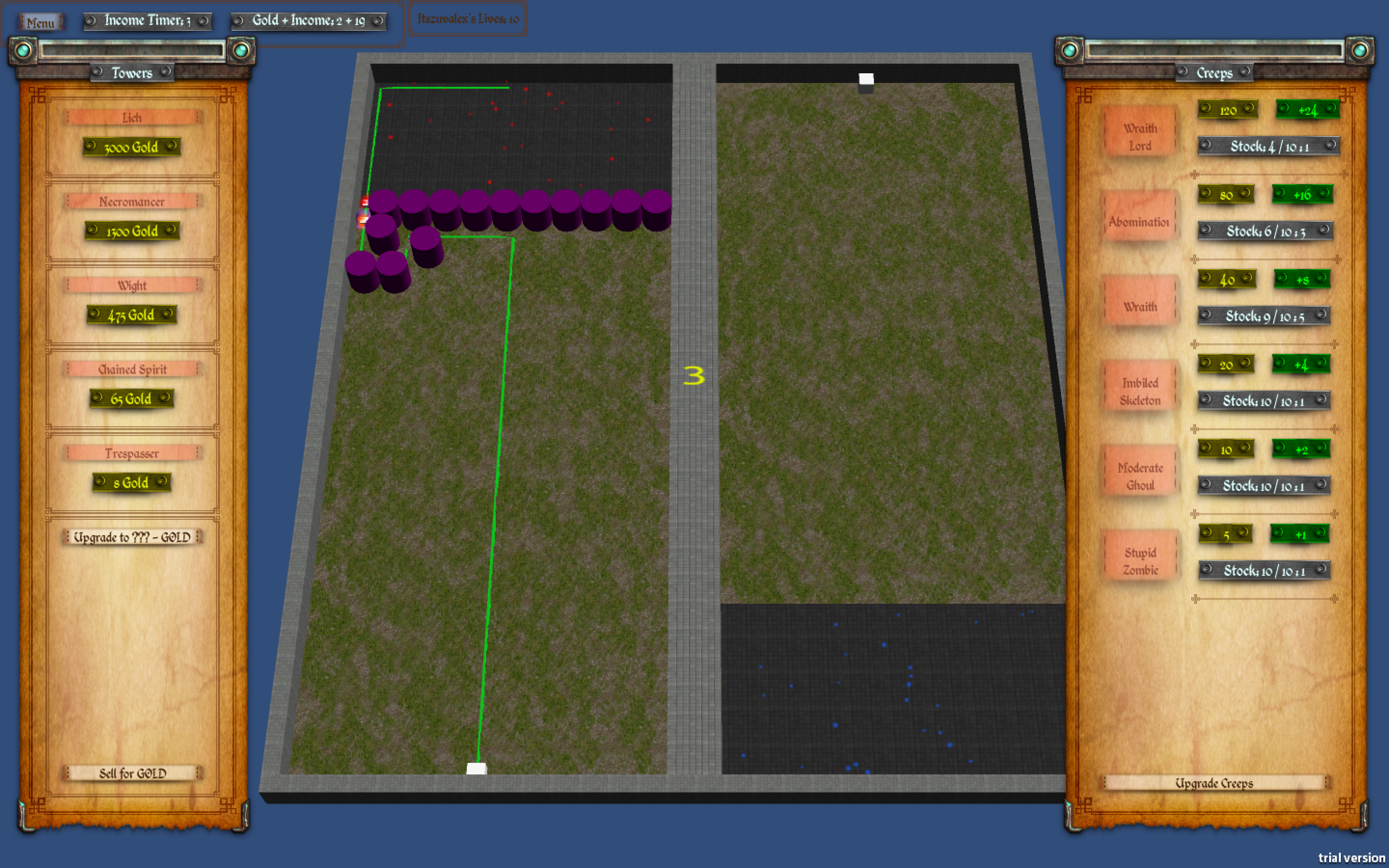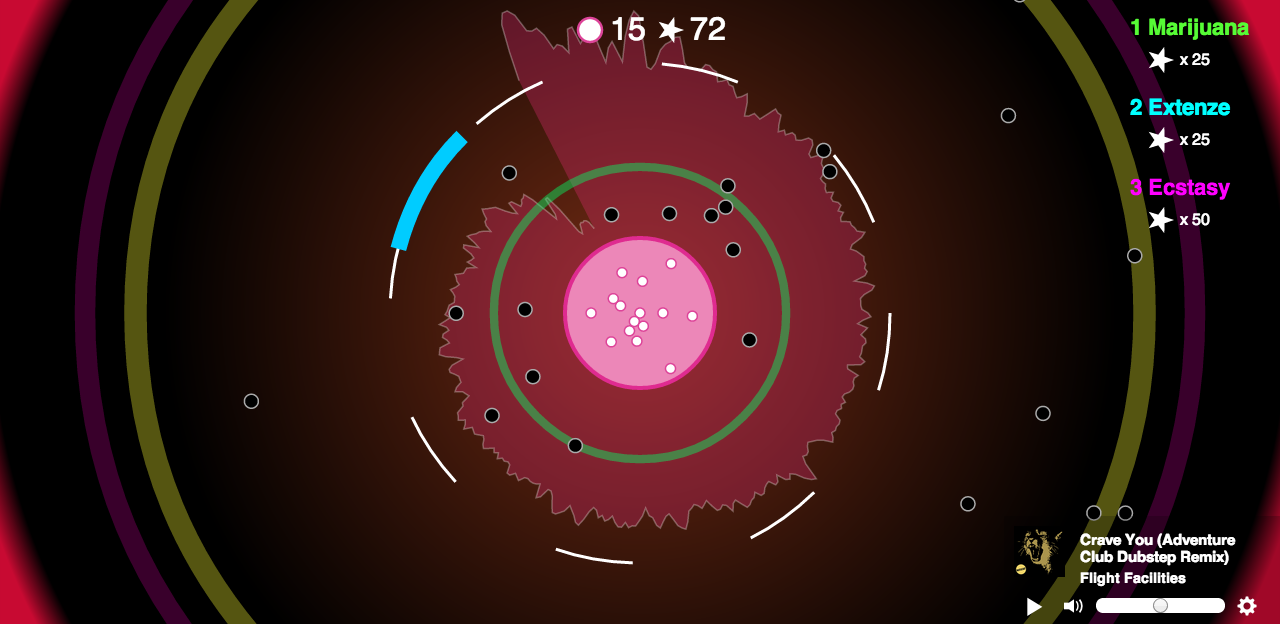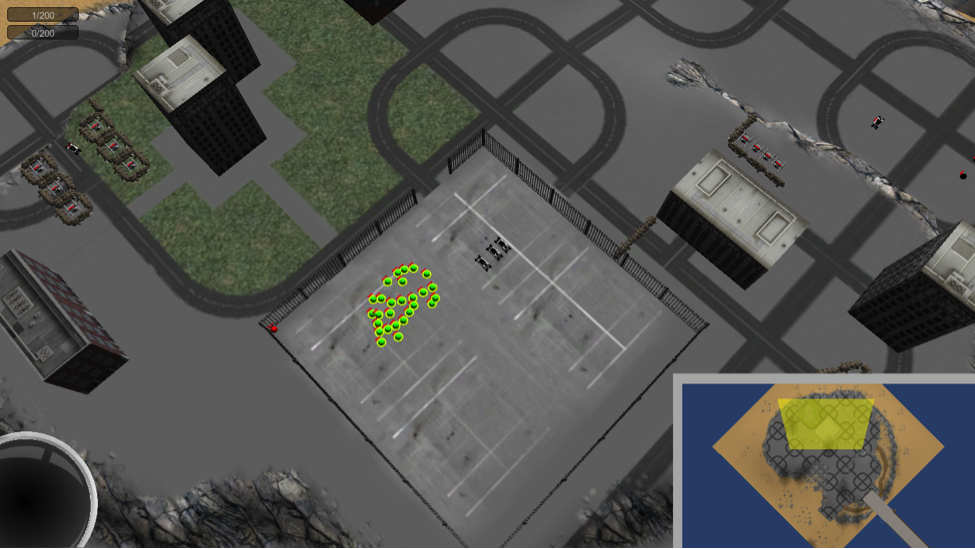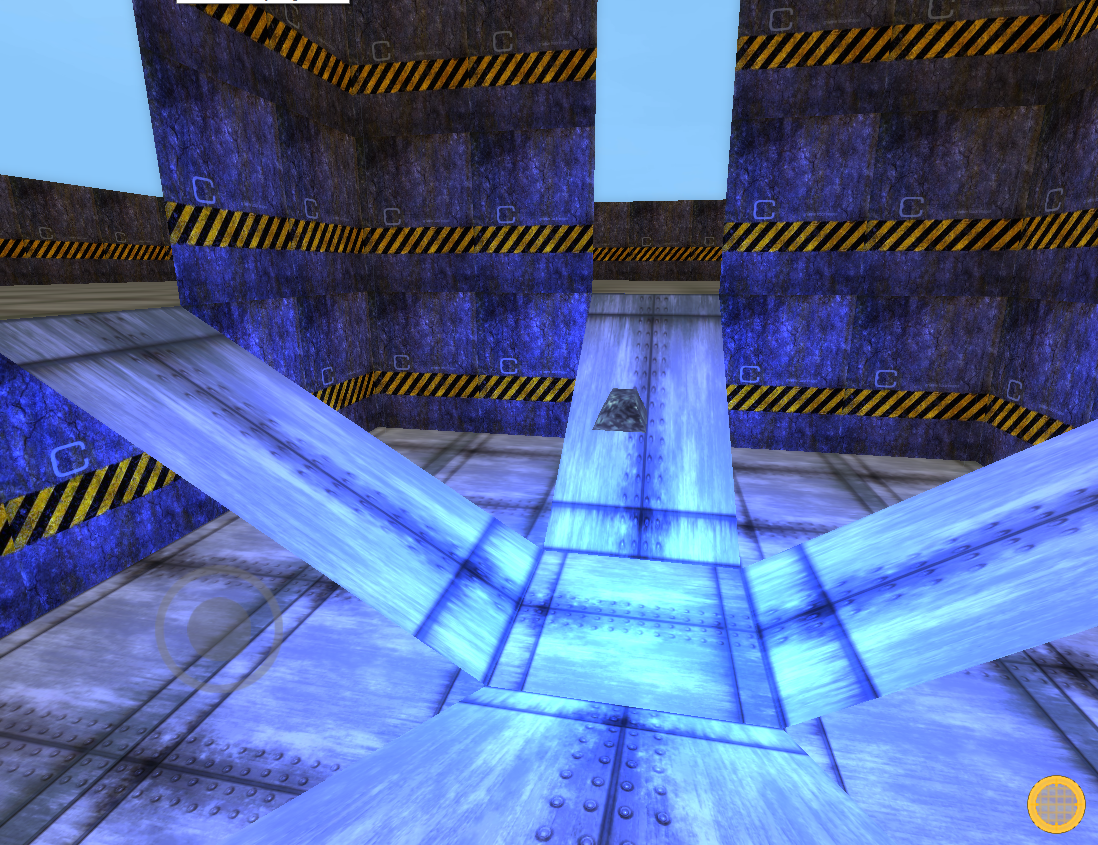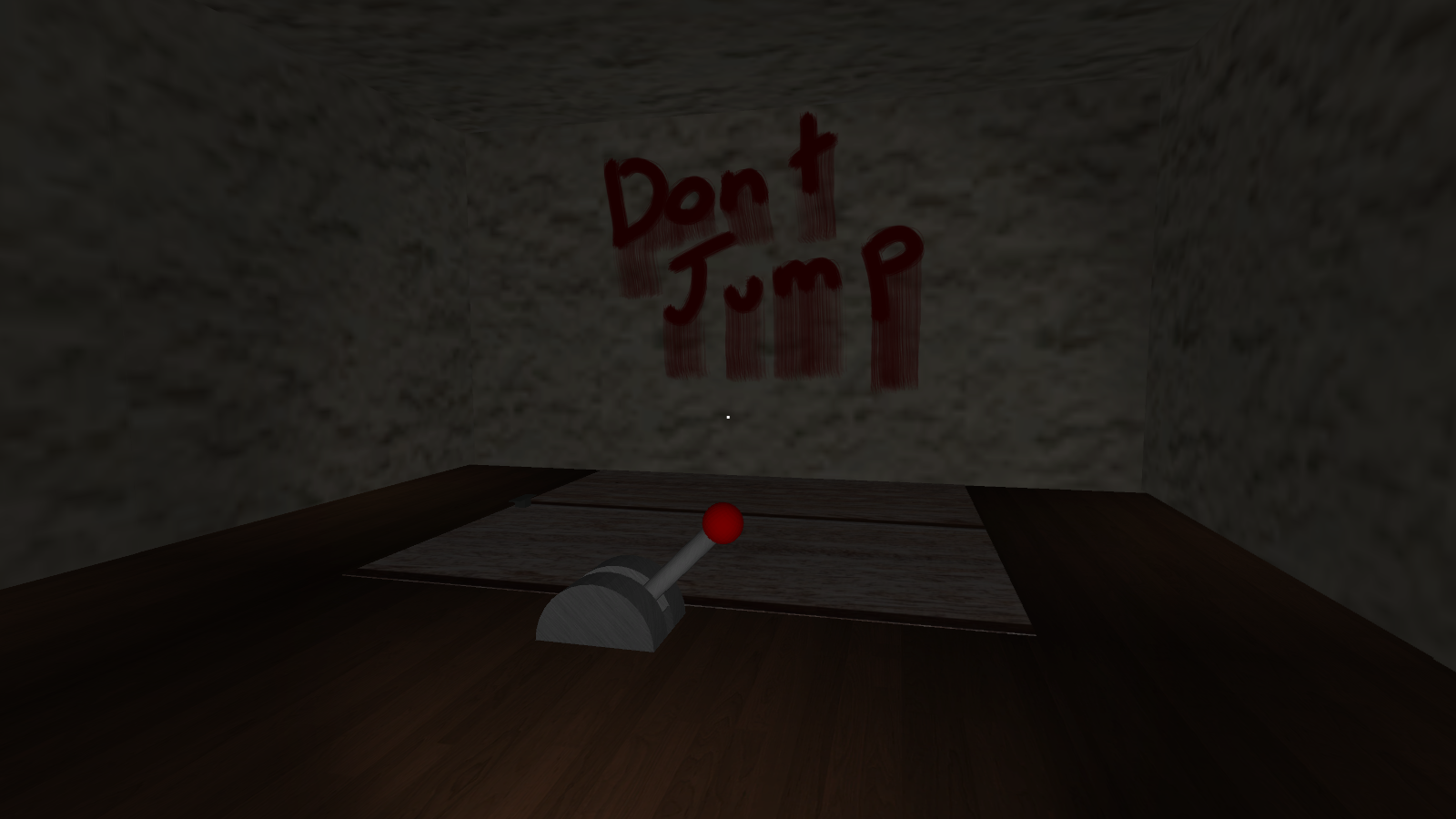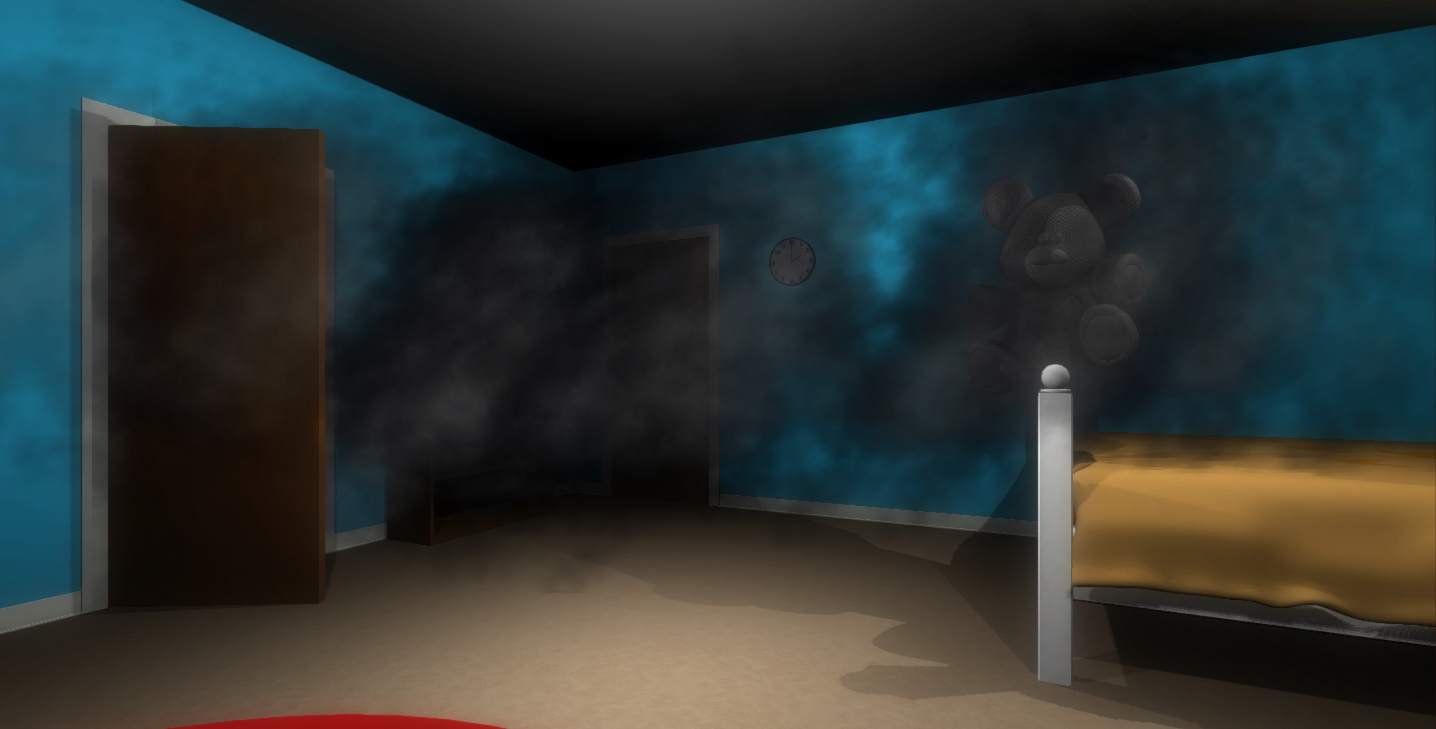EECS 494 Computer Games Showcase Highlights Final Projects
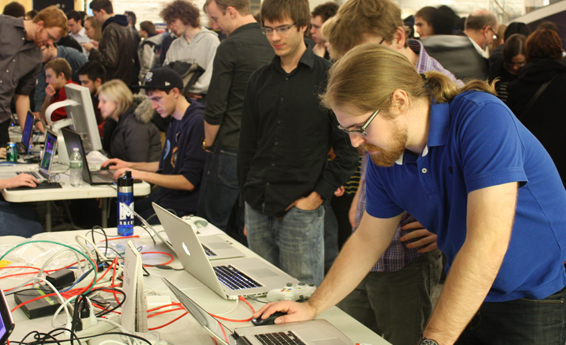
 Enlarge
Enlarge
On Friday evening, December 13, Tishman Hall in the Beyster Building was packed as an enthusiastic crowd of attendees tried out new video games at the 2013 Computer Games Showcase. This highly anticipated event showcases the final projects of computer science seniors who have taken EECS 494, Computer Game Design and Development, which is is taught by Jeremy Gibson.
The games were developed by the students over the course of a six-week time period in a variety of game engines including Unity, zenilib, and Project Anarchy.
Unity, which was used to create ten of the student projects, is a cross-platform game development environment based around C#. Unity includes robust physics, navigation, graphics, and animation libraries, enabling developers to focus on the things that make their games new and different rather than requiring them to rebuild the wheel. Unity can compile projects for the web, PC, Mac, Linux, iOS, Android, and Google Native Client (NaCl).
zenilib, which was used to create Turbo Torque and Pursuit of Wealth, is a free, cross-platform game engine that has been under development by CSE graduate student Mitchell Keith Bloch since 2006. It has been used by Wolverine Soft (the student group dedicated to video game development), Camp CAEN (a U-M summer camp for high school students), and EECS 494 – Game Design and Development. Licensed under the Lesser GPL, version 3, it can be downloaded from http://zenilib.com and http://github.com/bazald/zenilib. It provides C++ abstraction layers, utility classes, and functions for rendering graphics on the screen, playing sounds, getting keyboard, mouse, and game controller input from players, and much more. A number of games built using zenilib can be downloaded from the Wolverine Soft website.
Project Anarchy, which was the development platform for RumbleBots, is a new, open source game development environment developed by Havok, the team behind the physics, navigation, animation, and fabric simulation engines used in many modern games. Versions of all of these are included in Project Anarchy, and Havok is hoping that it will emerge as a strong competitor for Unity. Project Anarchy is built on C++ code that is open to developers and includes a Lua scripting engine as well. Project Anarchy is currently focused on mobile development and compiles for the iOS, Android, and Tizen platforms.
The evening included presentations by the student developers and an opportunity for attendees to play the games at stations throughout Tishman Hall. Thirteen projects were shown at the showcase:
| Augment, by Louis Johnson, Matthew Mason, Sal Savage, and Matthew Schultz.
|
|
| BlitzTD, by Thomas Dorsey, Christopher Harris, Steven Lebioda, David Sabourin, and Joseph Stevens.
|
|
| Collapse, by David Adrian, Christopher Atkins, Andrew Gleeman, Mike Grzych, and Jeffrey Sallans.
|
|
| The Dance Club Baby Factory, by Ari Brown, Yucheng Cai, Szu Chen Lo, and Tarrence Van As.
It’s not |
|
| Epidemic 49, by Zach Ahn, Jacob Anderson, Christopher Whinfrey, and John Yu.
Sprea |
|
| Hijack!, by Nathaniel Daly, Alexander Ng, Yuma Uesaka, and Mark Wu.
|
|
| Lair, by Bennett Black, Christopher Ruehs, Nicholas Ruff, Kyle Schiller.
|
|
| Pong Breaker, by Dustin Bui, Brian Gleason, Shu Lin, and Henry Shih.
Hit the balls, break some bricks, and destroy your opponent! Pong Breaker |
|
| Pursuit of Wealth, by Donald Clark, Saurav Lohani, Luis Molina Iten, and Jason Xie.
In this fo |
|
| RumbleBots, by Stephanie Curran, Lars Hamre, Cody Krasny, and Melissa Resnick.
Original |
|
| Somnia, by Garrett Dewald, Xinyuan Huang, Joshua Kahn, and Matthew Nickolai.
|
|
| Time Out!, by Sheikh Mahmud, Bradley Menchl, Samantha Roach, and David Zilli.
Time out! You are not allowed to come out of your room for five minu |
|
| Turbo Torque, by Micah Bennett, Bryan Jones, Devin Rocco, and Max Wolff.
|
Winter 2014 will be the first winter semester in which the Computer Game Design and Development course is taught, so there will be another showcase on or around Friday, April 25th. For more information about the class or the showcase, feel free to email Jeremy Gibson.
 MENU
MENU 


